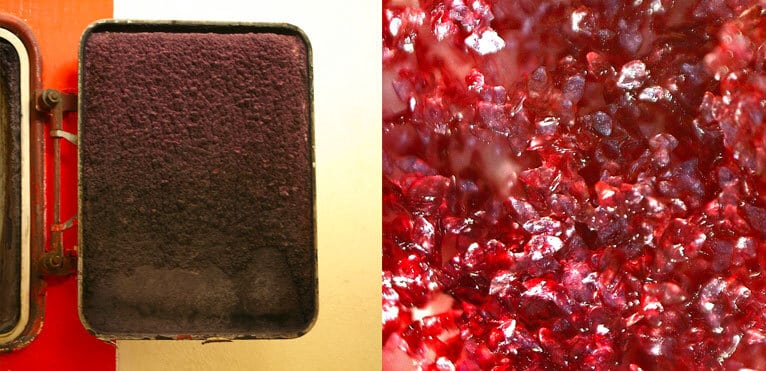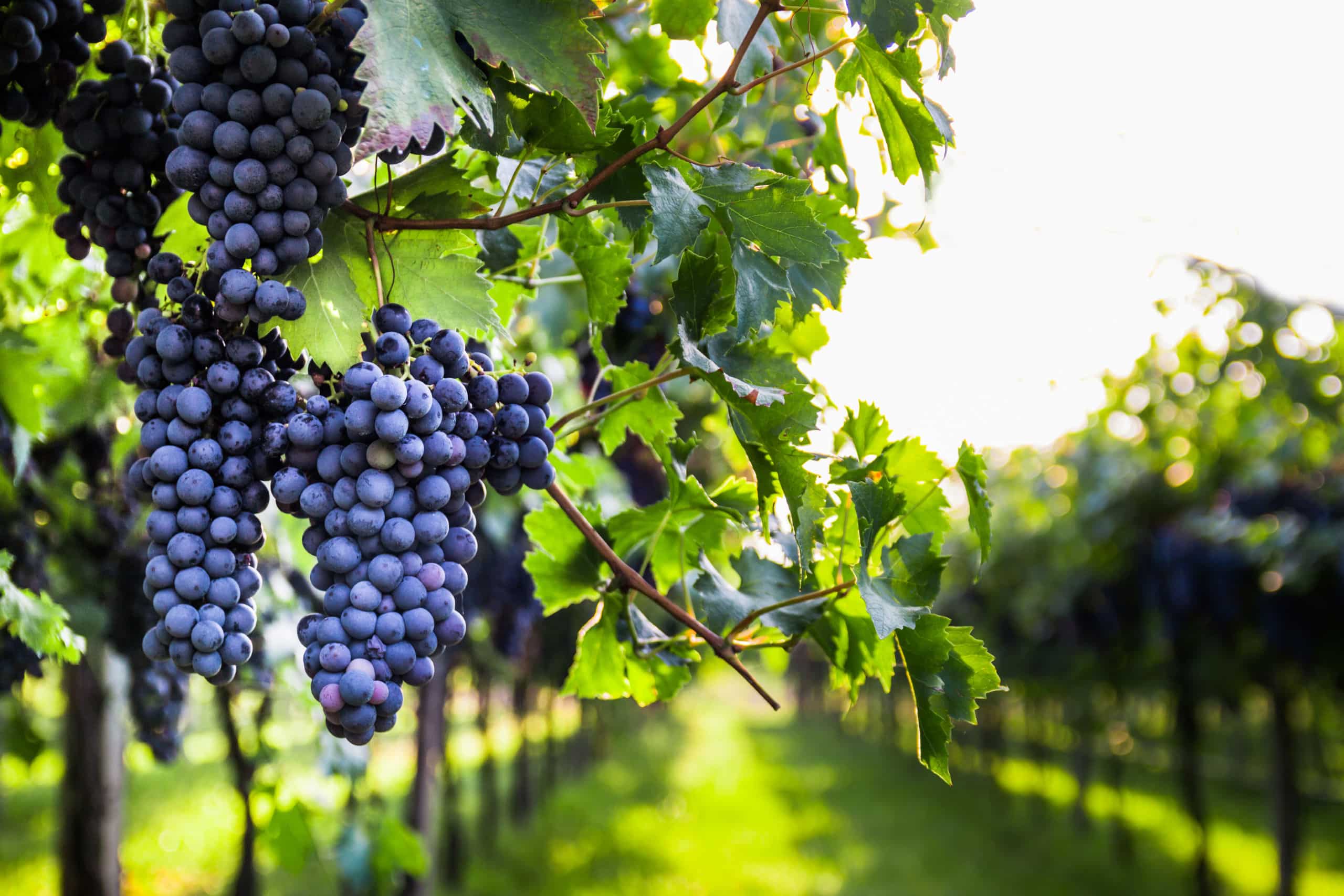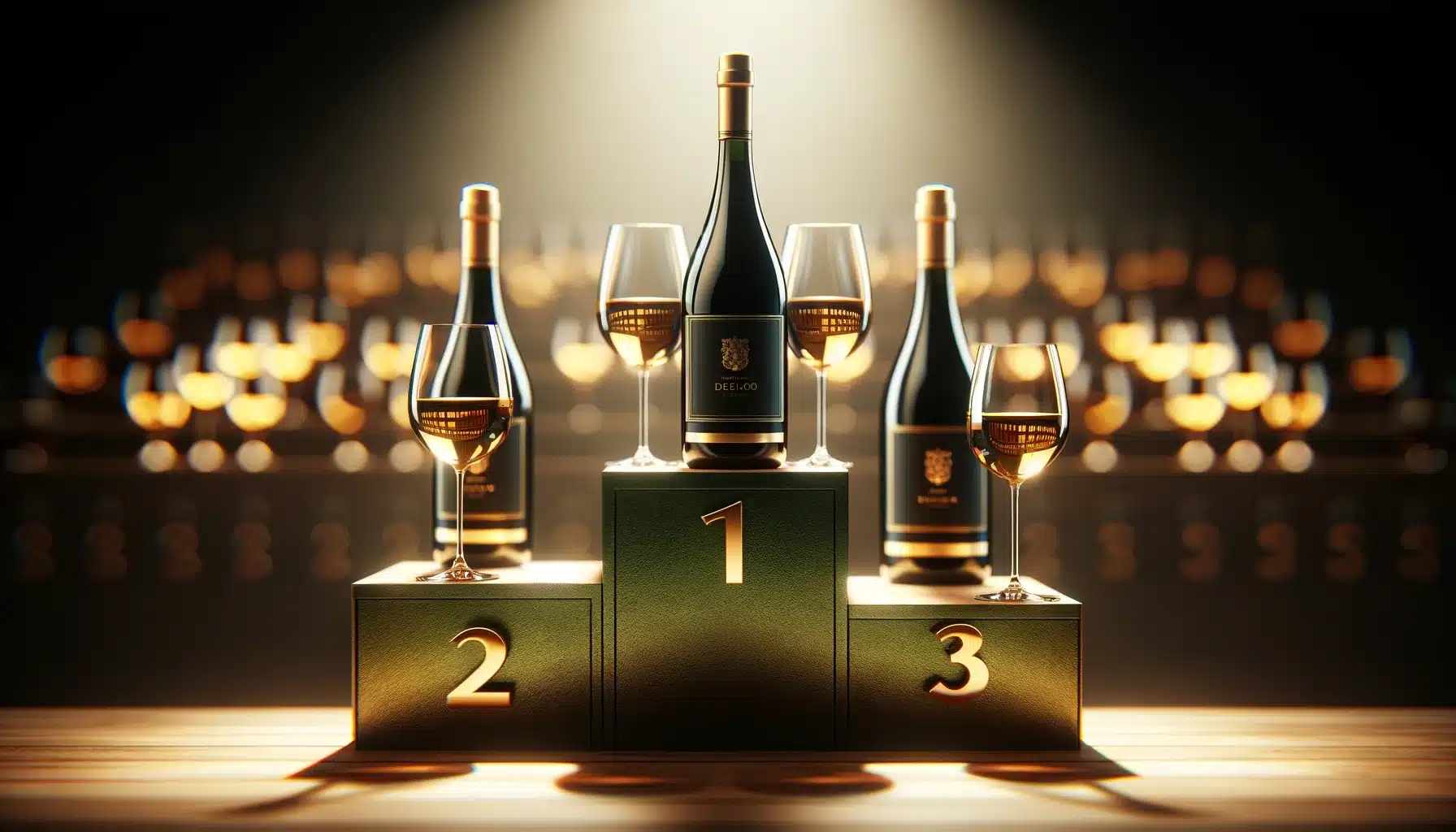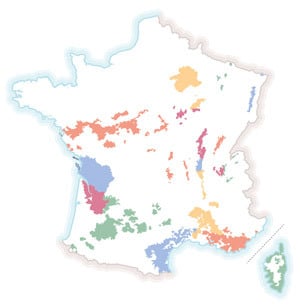
Contents
Today’s market demands no longer allow young bottles to contain deposits. Tartaric precipitation, even if tasteless, is often repellent to the consumer, who will be reluctant to buy wine containing it.
Almost all winemakers use tartaric stabilization to meet consumer demands.
Tartaric stabilization, a step in the stabilization process
To achieve this, the winemaker had to add another step to the wine production process. This stage is called stabilization, and covers the entire process during which the wine’s color is homogenized and insoluble matter suspended in the wine is eliminated.
Stabilization is divided into several stages:
- Color stabilization
- Clarification
- Collage
- Filtration
- Microbial stabilization
- Tartaric stabilization.
Let’s take a closer look at tartaric stabilization
Tartaric stabilization consists in preventing the formation (or elimination) of tartar crystals within the bottle, which can occur when the temperature of the wine drops. While these residues have no negative impact on the taste of the wine, and can even improve it when the wine is rich in acidity, they are visually repulsive for the customer.
Tartaric stabilization of a wine takes place during or after fermentation. This can be done in several ways.
One example is the addition of metatartaric acid, which has the property of preventing crystal growth.
Cold stabilization is another frequently used method: the wine is cooled to -4° (the limit of freezing) and then kept cold, causing crystals to form which are then filtered. In short, crystals are formed and filtered directly. However, this method can dissolve some of the oxygen that is undesirable for white and rosé wines.
Electrodialysis consists in circulating wine between two plates of different potential, which causes ions to move across a selective membrane. This de facto reduces the wine’s ionic charge and therefore the quantity of scale crystals.
Mannoproteins are present in yeast walls and have a real inhibiting effect on tartaric precipitation. Loading the wine with yeast (the precise dose is determined by preliminary tests) helps stabilize it.
CMC or carboxymethylcellulose are cellulose derivatives that have been authorized for use in white, rosé and red wines since 2009. They increase wine viscosity while blocking tartaric precipitation. Injected doses must also be very low.
Tartaric stabilization by bond exchange treatment is a method now recognized by the OIV, which involves passing the wine through a column of polymerized resin which reacts like an insoluble polyelectrolyte whose cations can be exchanged with cations in the surrounding environment.
When a producer is under the Organic Agriculture label, he cannot use electrodialysis, cation exchange resins, cellulose gums and mannoproteins.
Photos: Jean-Marc Rosier / Lamiot




